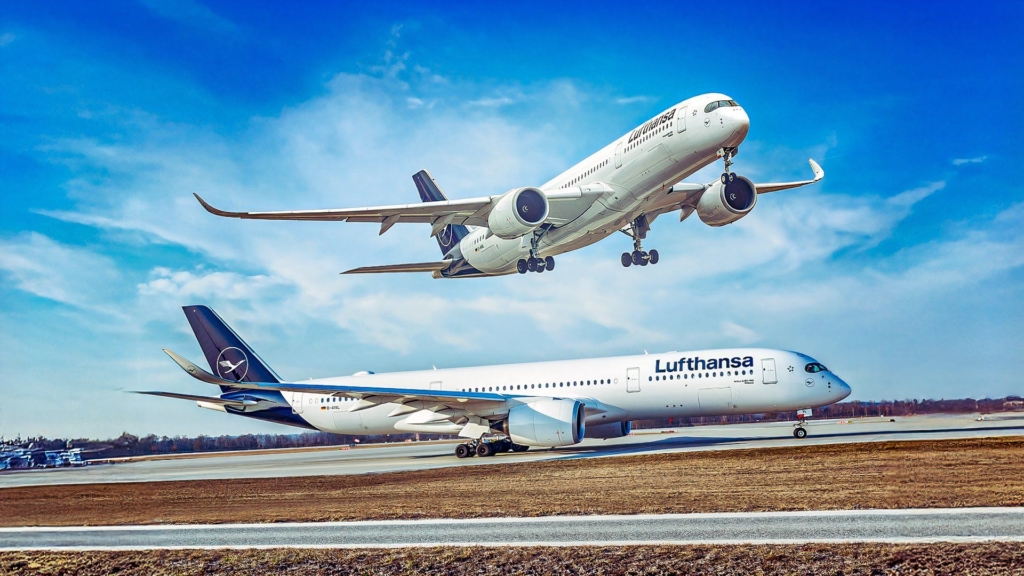Earlier this week, Air Serbia announced that Toronto flights will begin in 2026. They will run twice-weekly on the Airbus A330-200, which is its sole widebody equipment. In fact, this will be a resumption: its predecessor, JAT Yugoslav Airlines, flew to Toronto (and Montreal) until the early 1990s.
After an absence of 11 years, Finnair will also return to Canada’s most populous city and busiest airport next year. However, Neos has pulled out; its primary role was connecting Toronto with Amritsar via Milan Malpensa.
Toronto Will Have 20 Scheduled Airlines Flying To Europe
Given the arrival of Air Serbia and Finnair, and the loss of Neos, Toronto will have 20 scheduled passenger airlines flying to/from Europe next summer. It’ll be the most since 2018. This is what is known as of October 15, and it may change.
The figure does not include Biman Bangladesh, which stops en route to/from Dhaka at Istanbul Airport, which is on the European side of the Bosphorus. It is simply a tech stop. Still, up to 20h 45m one-way, it is among the world’s ten longest Boeing 787 one-stop services.
In alphabetical order, the 20 operators are Aer Lingus, Air Canada, Air France, Air Serbia, Air Transat, Azores Airlines, British Airways, Condor, Finnair, Icelandair, ITA Airways, KLM, LOT Polish, Lufthansa, SAS, SWISS, TAP Air Portugal, Turkish Airlines (Istanbul Airport is on the European side of the Bosphorus), Virgin Atlantic (flights started in March 2025), and WestJet. They will fly to 34 European airports. Belgrade, Budapest, and Helsinki will be served, but flights to Terceira have ended.
Toronto’s 10 Busiest Airlines To Europe: Q3 2026
Let’s focus on Q3 2026 (July-September). This is when airlines tend to make the most of their money, as the demand and fares are at their highest. In these three months, the current information shows that Toronto will have an average of 60 daily departures during the peak summer.
LOT Polish will be Toronto’s leading European operator. It ranked first among non-Canadian carriers in 2025, too. The ![]() Star Alliance member’s offering will vary from two to three daily services, all of which will be to its Warsaw hub. While Ontario has 400,000+ Polish Canadians, LOT actively targets those traveling across Central and Eastern Europe, India, the Middle East, etc.
Star Alliance member’s offering will vary from two to three daily services, all of which will be to its Warsaw hub. While Ontario has 400,000+ Polish Canadians, LOT actively targets those traveling across Central and Eastern Europe, India, the Middle East, etc.
Booking data for July/August 2025 shows that its top 15 connecting markets were Belgrade (Air Serbia’s return will change that!), Kraków, Delhi, Istanbul, Rzeszów, Wrocław, Budapest (Air Canada will use mainline equipment there next year), Sofia, Skopje, Bucharest, Tirana, Tel Aviv, Gdansk, Podgorica, and Vilnius.
|
Departing Nonstop Flights To Europe: Q3 2026* |
Airline |
|---|---|
|
2,144 (21 to 25 daily) |
Air Canada |
|
986 (five to 13 daily) |
Air Transat |
|
259 (two to four daily) |
WestJet |
|
197 (two to three daily) |
LOT Polish |
|
184 (two daily) |
Air France |
|
184 (two daily) |
British Airways |
|
184 (two daily) |
KLM |
|
184 (two daily) |
Lufthansa |
|
170 (one to two daily) |
Icelandair |
|
158 (one to two daily) |
TAP Air Portugal |
|
* Known as of October 15, and subject to change |
Since 2018, Toronto Has Lost These Airlines To/From Europe
Toronto last had more than 20 airlines flying to/from Europe in Q3 2018. Since then, it has lost flights from multiple carriers. They include Air Italy (now defunct), Austrian Airlines, Brussels Airlines, Discover, French bee, Jet Airways (now defunct), Neos, Primera Air, Ukraine International (the war means it can’t operate), and WOW Air (now defunct). Go further back, and other carriers would make the list, too.
The only non-Canadian and non-European carrier was Jet Airways, which went bankrupt and ceased to exist in 2019. The Indian operator flew to Toronto between 2007 and 2019. While flights were initially via Brussels, they later switched to Amsterdam. It operated a scissor hub in the European airports, which enabled passengers to fly from Indian cities (Chennai, Delhi, Mumbai) to North America (Newark, New York JFK, San Francisco, Toronto) via a quick change of planes.





